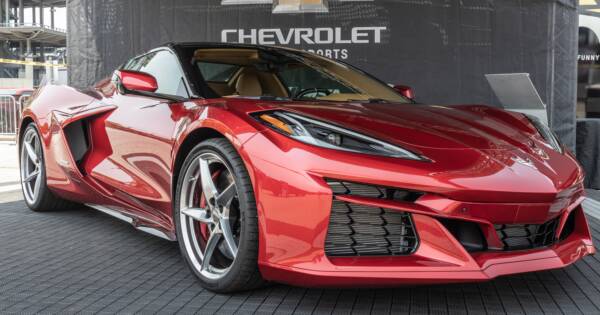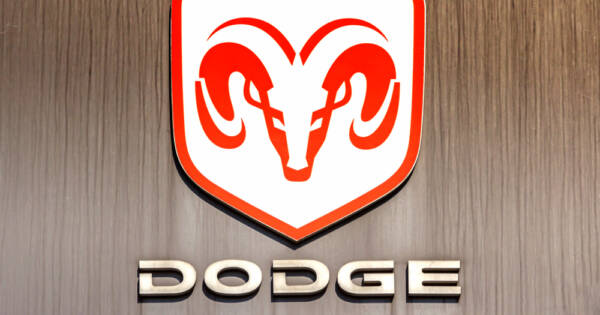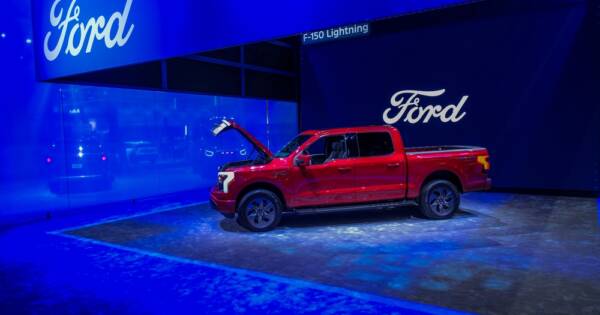Automatic versus manual transmissions: Is one better than the other? The question has fiercely loyal adherents on both sides. Each has their pros and cons, and both transmission types affect vehicle and maintenance costs in different ways. To get to the bottom of the age-old question of automatic versus manual transmissions, it’s key to understand how the systems differ, and how those variations can impact your driving experience.
Automatic Transmissions: An Overview
Automatic transmissions use fluid pressure to guide the vehicle’s automated shift from one forward gear to the next. The only time you’ll need to activate your gearbox is when you’re parking, going into neutral, or changing forward-reverse direction. Otherwise, simply put the car in “D” (for “Drive”) and step on the gas.
A component known as the planetary gear set creates the different power output ratios associated with specific gears. Automatic vehicles use specialized fluid, which gauges pressure to select the correct gear while simultaneously cooling the transmission. Thus, while they’re easier for many to drive, they also contain working parts not found in manual vehicles.
Defining Features and Key Facts
Automatic vehicles require far less driver input than manual cars. They are intuitive to operate and most people find them much easier to use when learning how to drive. For these reasons, driving instructors and safety experts usually recommend automatic transmissions to novice motorists.
In some parts of the world automatic transmissions are rare. However, in the North American market, the opposite is true. According to some estimates, about 95% of all cars sold in the United States have automatic transmissions. This makes them the default standard, and automatic vehicles from a complete range of international manufacturers are widely available.
Pros of Automatic Transmissions
In addition to being great for beginners, automatic transmissions are a better option for any driver seeking a lower-effort experience. Most drivers consider automatic transmissions easier to deal with. This can translate to lower levels of stress while you’re behind the wheel, especially in heavy traffic.
Speaking of heavy traffic: automatic transmissions shine in traffic jams. This is mainly because you don’t have to constantly shift up and down as you accelerate and decelerate. Vehicles with automatic transmissions also tend to hold their resale values better than their manual counterparts. However, this is partially because they cost more up front.
Cons of Automatic Transmissions
The main downsides of automatic transmissions arise from financial considerations. First, vehicles with automatic transmissions cost more than those with manual transmissions. They have more working parts and require additional technical and developmental refinement.
Those extra working parts also create additional maintenance needs. Automatic transmissions have more precision components and are therefore especially prone to wear and breakdowns. However, these cost considerations are balanced out in some ways. For example, you cannot damage an automatic transmission by making a shifting error (since you won’t be shifting gears). The same cannot be said for manual transmissions, which are prone to their own set of mechanical failure risks.
Manual Transmissions: An Overview
Manual transmissions, also known as “stick shifts,” require drives to change gears as the car speeds up or slows down. These vehicles feature a special console component known as a gearbox. The gearbox houses a driver-operated shifting lever that connects directly with the transmission system.
Operating a manual transmission requires the driver to use a special pedal called a clutch. The clutch is located to the left of the brake pedal. When you’re driving a manual vehicle, you need to engage the clutch before changing gears. Knowing exactly when to change gears is an important part of driving a stick shift. Professional instructors usually recommend shifting between 1,000 and 2,000 RPM.
Defining Features and Key Facts
Driving a manual transmission requires a great deal more driver engagement and input. You can’t just slip the car into “D” and leave the vehicle to do the rest the way you can with an automatic. Some people view this as an advantage, as it gives the driver more control over the vehicle. However, others feel it’s an inconvenience.
Compared to automatic transmissions, stick shifts are not popular in North America. Only about 3% of all vehicles sold in the United States have manual transmissions. However, they are very popular in other parts of the world. In Asia and Europe, for instance, about 80% of vehicles have manual transmissions.
Pros of Manual Transmissions
Manual transmission enthusiasts often say they like the enhanced sense of control they get with a stick shift. These motorists often report feeling more engaged with the task of driving and better-connected with the car. Stick shifts also improve acceleration, since they deliver power to the wheels with greater efficiency. This makes them a preferred choice for performance-oriented drivers.
Compared to automatic transmissions, stick shifts are cheaper to service. Vehicles with manual transmissions also cost less than comparable automatic models. Also, you can improve your vehicle’s fuel efficiency by mastering the art of stick shifting. This can help you reduce your operational and maintenance costs even further.
Cons of Manual Transmissions
The main drawback of manual transmissions is that they require special training and extensive practice to learn. Drivers need to learn exactly how and when to shift, and precisely the correct technique for doing so. Otherwise, the car can stall or suffer premature wear from the engine running at high RPMs for too long.
Also, manual vehicles cost less up front but they tend not to hold their resale value as well. Some people also report leg and knee aches after driving manual vehicles for extended periods of time. Seat and posture adjustments can help, but there’s no getting around the need to take a hand off the steering wheel to shift. This can create safety risks, especially for inexperienced drivers.
Specialized Transmission Subtypes
Automakers have also developed various types of specialized and hybrid transmissions. Some such examples blur the line between a manual and an automatic. These may be worth considering if you like both types and don’t want to pick one over the other.
The so-called “automated manual” transmission is perhaps the best-known example. These transmissions automate both the clutch and gearbox. They’re like a low-effort version of a manual transmission that ensures shifting mistakes are never made. Other subtypes include the “continuously variable transmission” (CVT). CVTs are automatic transmissions that optimize power output ratios by keeping them in a constant state of flux.
What About Electric Vehicles?
Electric motors don’t need the variable multi-speed transmissions found in gas-powered engines. As such, you may have heard that electric vehicles (EVs) don’t have transmissions. Technically, this is true: many EVs don’t have gearboxes. In those that do, the gearboxes usually have limited functionality.
The difference between traditional engines and EV engines comes down to torque. Gas-powered engines must be calibrated with different ratios for each gear level to create differentiated power output. Electric engines run at constant speeds with consistent torque output, which eliminates the need for gears. If you’re used to driving an EV, a car with an automatic transmission is a closer match.
Manual or Automatic: Which Is Better?
There’s no definitive answer to this question. In many ways, it comes down to personal preference and practicality. People generally find automatic vehicles easier and more comfortable to drive. This is perhaps most visible when you’re dealing with congestion. Automatic transmissions save you a lot of labor when you’re stuck in stop-and-go traffic.
However, on the flip side, many people say manual transmissions create stronger connections between themselves and their cars. They can make drivers feel like they have more control over the vehicle. Many high-performance enthusiasts also swear by manual transmissions, as they help cars accelerate at faster rates.
Tips for Choosing a Transmission Type
Drivers who want to minimize their effort behind the wheel generally prefer automatic transmissions. Manual transmissions usually make a better match for motorists seeking active engagement, and for those who want to maximize vehicle performance.
However, there are no universal answers. At the end of the day, you’ll need to figure out which transmission type you like best. A great way to check is to go for a test drive. Try out an automatic transmission, then see how you like a manual transmission in the same vehicle. Make direct comparisons between your driving experiences and use those insights to guide your final decision.




